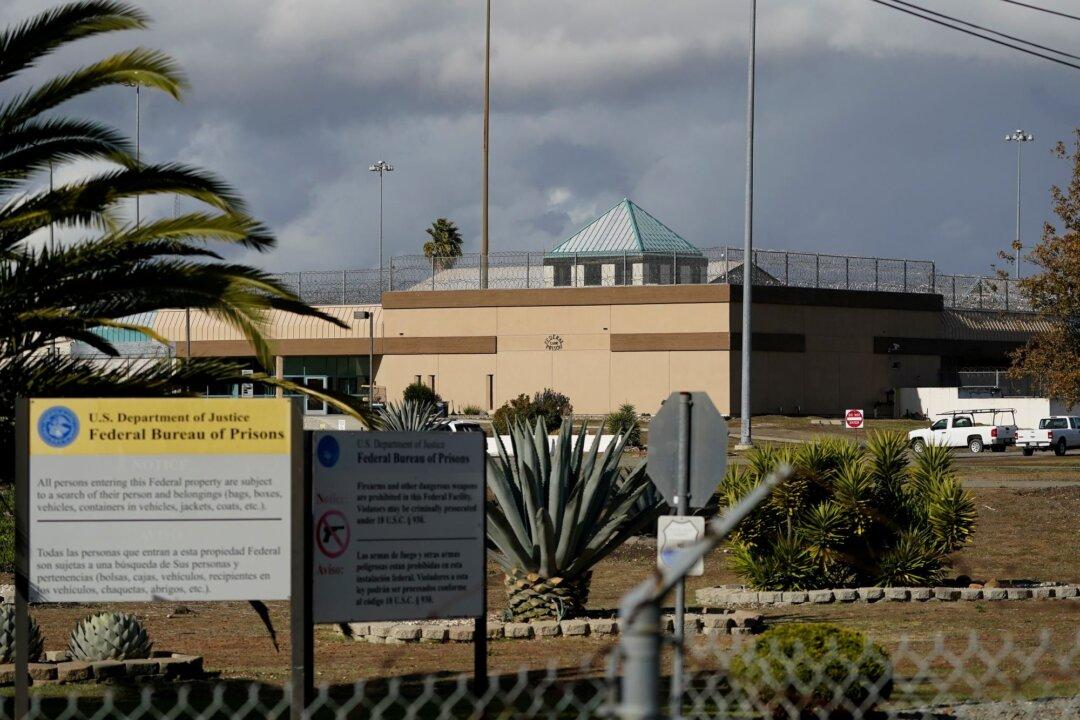SILVER SPRING, Md.—Wages and benefits for U.S. workers rose in the last quarter of 2020, putting the entire year in somewhat of a normal range as the pandemic continued to rankle the economy.
Total U.S. workers’ compensation rose 0.7 percent in the October-December quarter, an increase over the previous two quarters, the Labor Department said on Jan. 29. Growth was 0.5 percent in the second and third quarters, down from 0.8 percent in the first three months of the year.
For the year, wages and benefits grew 2.5 percent, with wages and salaries up 2.6 percent and benefits, which include Social Security, grew 2.3 percent.
Wages and salaries grew 0.9 percent in the final quarter of 2020, while benefits rose 0.6 percent.
Compensation costs for private industry workers rose 0.5 percent in the quarter and 2.6 percent in 2020.
The data comes from the Labor Department’s Employment Cost Index, which measures pay changes for workers who keep their jobs. The data isn’t affected by the mass layoffs in the spring.
While employers are limiting increases in compensation, most are reluctant to cut pay outright. Companies generally avoid slashing pay because it can demoralize workers and send them looking for new jobs. The pay raises don’t necessarily mean employers boosted pay during the pandemic, but more likely that many of the increases were already baked into existing contracts.
“Overall, compensation costs are likely to remain subdued going forward, reflective of a high level of unemployment that will restrain wages,” said Rubeela Farooqi, economist with High Frequency Trading.
Economists say moderate gains in wages and salaries, which make up 70 percent of employment costs, are generally not threatening to trigger inflationary pressure.
The job market has stumbled this winter as colder weather and the raging pandemic have discouraged Americans from dining out, traveling, or going out to bars or movie theaters. Employers shed jobs in December for the first time in six months, and the unemployment rate was stuck at 6.7 percent for the second consecutive month. The economy still has 9.8 million fewer jobs than before the pandemic, more than were lost in the 2008-2009 recession.
Even though the wage gains were modest last year, they still outpaced 2020 inflation of 1.4 percent, which is well below the Federal Reserve’s 2 percent target. Analysts believe inflation will remain subdued as the U.S. economy struggles to break out of a pandemic-induced downturn.






Friends Read Free